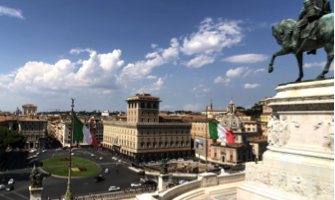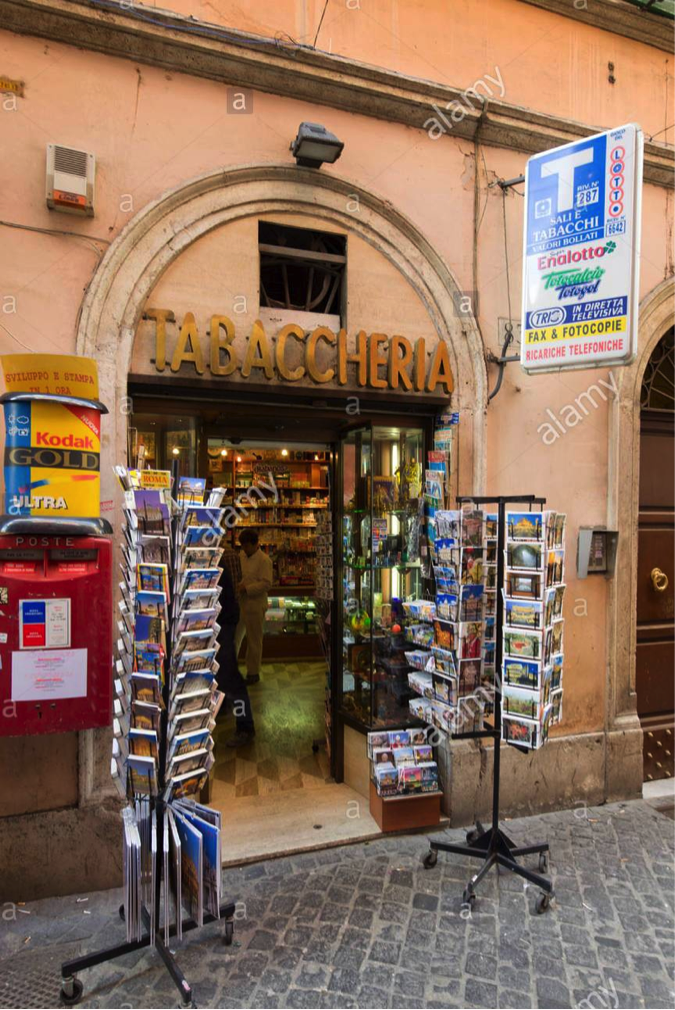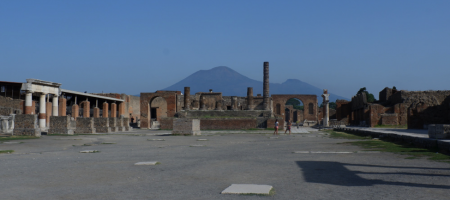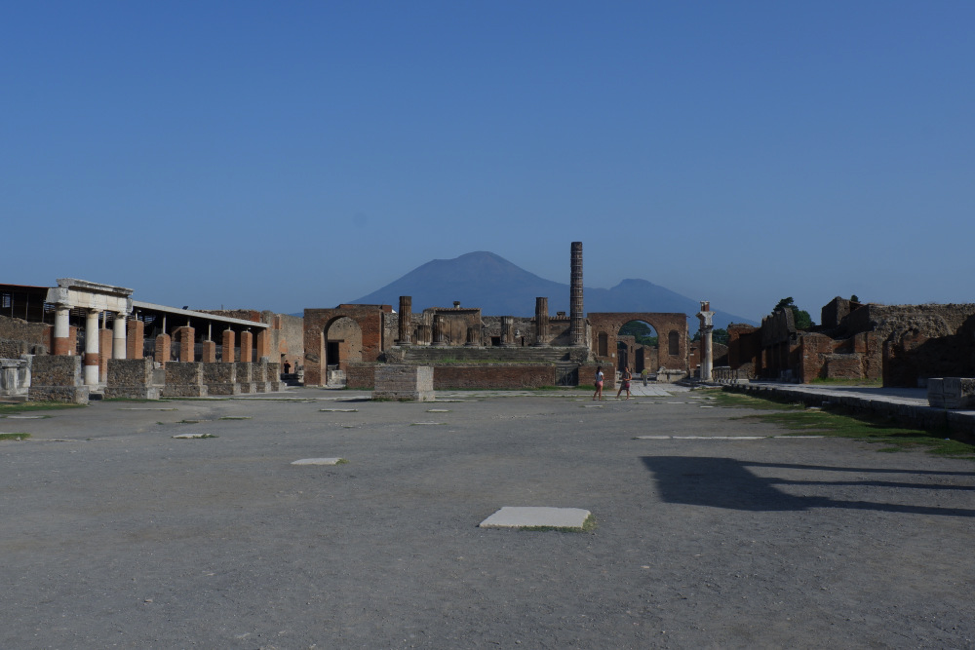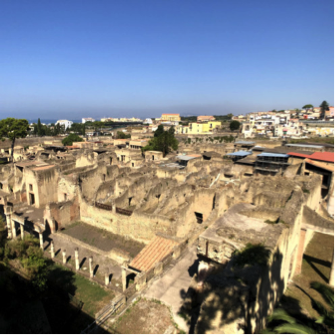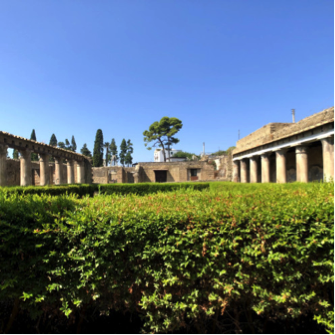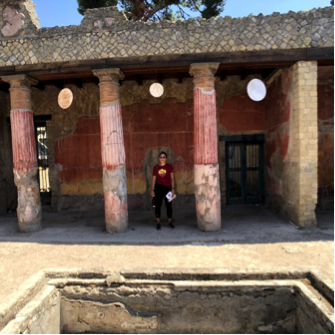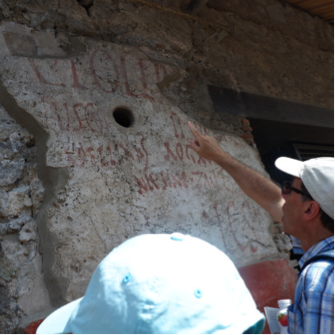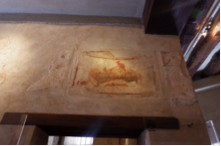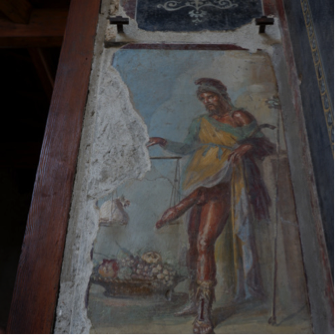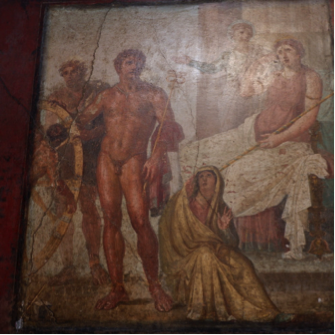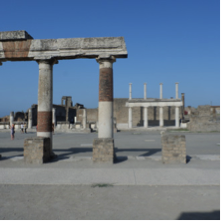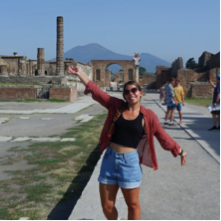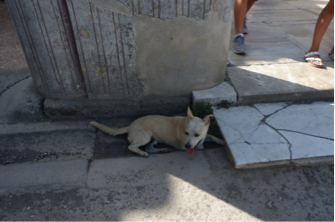Italy | Public Transportation
By Andrea Zachrich
Coming from Los Angeles, where the public transportation is seldom used and pretty inconvenient, I thought the public transportation in Rome was awesome. Yes, it was almost never on time, and yes, it was often crowded with people who couldn’t seem to figure out a bus map, but the whole month I was there it got me where I needed to be mostly on time.
So there’s three kinds of public transportation in Rome: the subway, the busses, and the trams. We mainly used the busses and the trams. There are only a few subway lines in Rome because every time they attempt to build a new line, some ancient monument or site is found and they have to stop construction. They’re attempting to build a new one by the Coliseum at the moment, but it has been slow going. They also don’t have any subway lines that go under the river and into Trastevere. I only used the subway twice the entire month I was there, so I didn’t find it particularly useful, but it could be if you’re staying near a stop. The trams are awesome, but there’s only 2 lines – the 3 and the 8. BUT, both lines go to very convenient places. The 8 ends in one of the main piazzas of Rome – Piazza Venezia – and goes to Trastevere, and the 3 has stops near the Coliseum, Largo Argentina (where Julius Caesar was murdered!) and other ancient sites. Another advantage of the tram is that it’s almost always on time. If the tram gets you to your location, it would be my first choice of public transportation to use. The busses are the most extensive type of public transportation in Rome and can get you almost anywhere in the city that you want to go. The one downfall to them, however, is that they are constantly running late. Sometimes they’re running so late that you think they’re on time because they get there at the time it says the bus after them should be there. There’s a ton of tourists on busses, because this is the form of transportation that stops at many of the main tourist sites, but as long as you’re not going as peak hours it’s usually isn’t unbearably crowded.
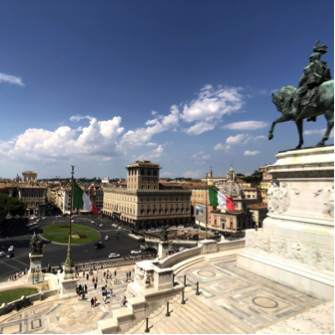
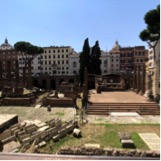
What I did
So, I was there for a month, and I knew I was going to be using public transportation extensively. If we ever used the bus as a class, those tickets were covered, but everything else was our own responsibility to pay for. So I decided to get a month long unlimited bus pass. Our program director offered to reimburse us the cost of all the tickets we would use as a class (16 euros) if we decided to purchase our own pass (which was 38 euros). It was a great deal. I definitely used the bus/tram more that the 15 times I paid for (in terms of individual tickets) and it was nice to have the peace of mind that comes with knowing I could always use it if i needed it. Also, with our apartment a 20-25 minute walk from where we met every morning, the bus pass was a god send. I used it to get around town when friends visited, my brother was here, or I just wanted to go out and explore. It made exploring Rome easy and fast, and I’m very glad I purchased one.
What you should do
If you’re just there for a few days or a week, and know you’re going to be using the public transportation system a lot, I would get one of the passes that will let you have unlimited rides. I think they have 1 day, 2 day, 3 day, and 1 week passes. If you don’t think you’re going to be using public transportation that much, then you can also buy individual tickets. They’re 1.50 euro and are good for 90 minutes. If you’re there for a month like we were, I would get the month pass. It really depends on the length of time you’re going to be there and the amount of public transportation you think you’re going to use.
Where do you buy bus tickets?
Italy is very unique in that you cannot buy bus tickets at the bus, and you cannot buy bus tickets at the bus station (unless you’re at one of the main ones such as Termini). You have to get them at Tabacchi. In English, these are translated into Tobacco Shops, and, even though they sell cigarettes, they also sell a lot of other items as well. Tabacchi are the place to go for stamps, snacks, bus tickets, occasionally SIM cards etc. It’s basically just a very specific convenience shop. Look for a white “T” enclosed in a blue square, and they should have public transportation tickets!
Some tips for the public transportation
Part of the reason using public transportation in Rome is so easy is because you can use Google maps to tell you the route you have to take. This is awesome, because in many places the public transportation system isn’t mapped out on an app like this. You type in where you want to go, and Google maps will tell you how to get to the station, how many stops you have, which stop to get off of, and how to get to your destination. They also usually provide more than one option of how to get there. I included some photos below.
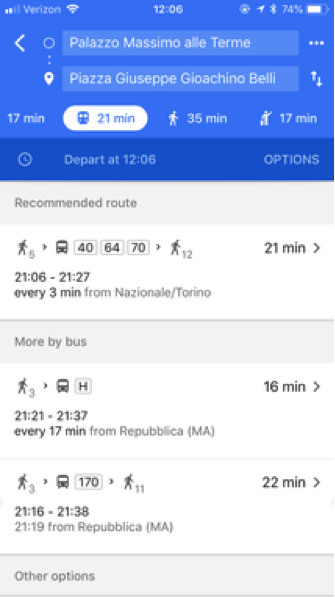
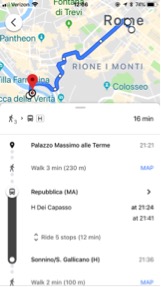
So the way the tickets work is that you get them stamped by a machine as soon as you walk on the bus as a way to start the 90 minute time. You should always stamp your ticket. I know it seems like you might be able to get away with not stamping it and then reusing the ticket, but one of the students on my trip got a nearly 100 euro fine for not stamping her ticket (even though she had one!) If you have the passes for more than 1 trip, the officer will scan it to make sure its still valid (but they’re not really looking for you because most of the times tourists with those tickets don’t abuse them).
Another tip: watch you stuff closely. They’re aren’t a ton of pickpockets on the streets of Rome, but they are a lot on the busses and trams! One of the students in our group got here wallet stolen by a group of pick pocketers who had a baby with them, so don’t assume that just because people look like a family on vacation that they won’t take your stuff. Always zip your bags and hold it in front of you.
Public transportation in Rome is super easy! Have fun and be safe 🙂


